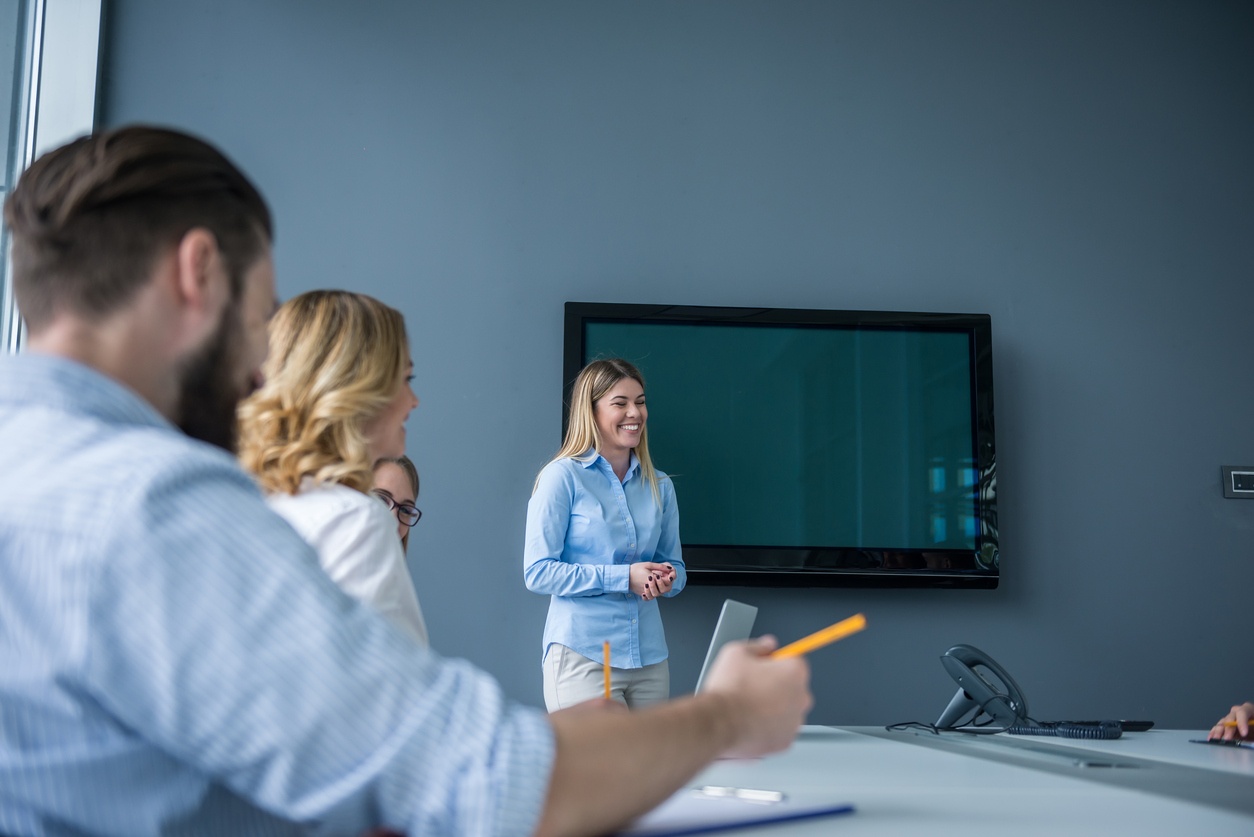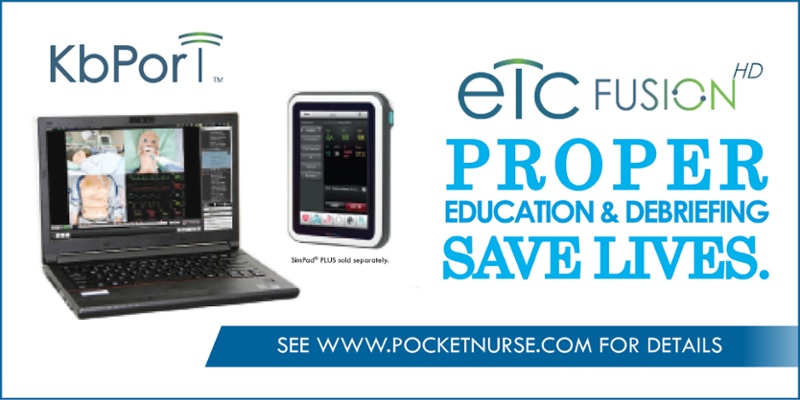
Simulation has seen many milestones and advances over the years. In a 2013 NCSBN multi-simulation national study, evidence was presented to show that nursing education can substitute clinical time with simulation without harming the educational outcome and learning aspect for the students. It’s not only colleges and universities that can benefit from simulation, but healthcare organizations, too. Many hospitals and other healthcare organizations are beginning to adopt the use of simulation in their on-boarding programs, new hire training, and overall continued learning and testing.
Reflective thinking is thinking critically on a deeper level; it is the part of the critical thinking process specifically tied to analyzing and making judgments about what has just happened. Reflective thinking is active, persistent, and careful consideration of a form of knowledge.
The moment learners take a step back and see their own actions and techniques, they are able to critique and learn from themselves. “Reflection is the conscious consideration of the meaning and implication of an action, which includes the assimilation of knowledge, skills, and attitudes with pre-existing knowledge.” (Source) Reflection can ultimately lead to new and unpredicted interpretations. To apply and take a step toward the next level of learning in simulation, debriefing is key.
5 Steps in the Debriefing Process
An effective debrief has the following elements:
- It is facilitated by someone who is competent in the process of debriefing.
- It is conducted in an environment that supports learning, confidentiality, trust, open communication, self-analysis, and reflection.
- The person who conducts the debriefing has observed the simulation.
- It is based on a structured framework for debriefing.
- It is in agreement with participants’ objectives and outcomes of the simulation-based learning experience.
The technology used to debrief is rather complex. It can be comprised of a series of cameras, microphones, software, and manikin integration — it can all be a bit intimidating. Luckily, many manufactures have made this technology very user friendly. Camera systems can be installed and mounted in any space and are not only meant for the new state-of-the-art labs. Debriefing rooms are essentially classrooms with an integrated safe space where the student and instructor can go over the live performance together, piece by piece, allowing learners see their performance in a new light, with a new perspective. This is eye-opening in many instances and can make a difference in patient outcomes.
In any educational simulation, the learning should continue with a debriefing session. Integration of the debriefing process enhances learning and improves self-confidence. Dissecting the overall procedure and actions performed allows for a better understanding of what is happening when a student is with a patient. It is crucial for students to understand what they did correctly and what they did incorrectly when it comes to life-saving techniques. It is also beneficial for students to learn from one another and compare best practices, as well as identify the potentially poor practice performed by colleagues.
Works Cited:
Ask the Expert: Visioning of Simulation in Nursing Education, NLN







